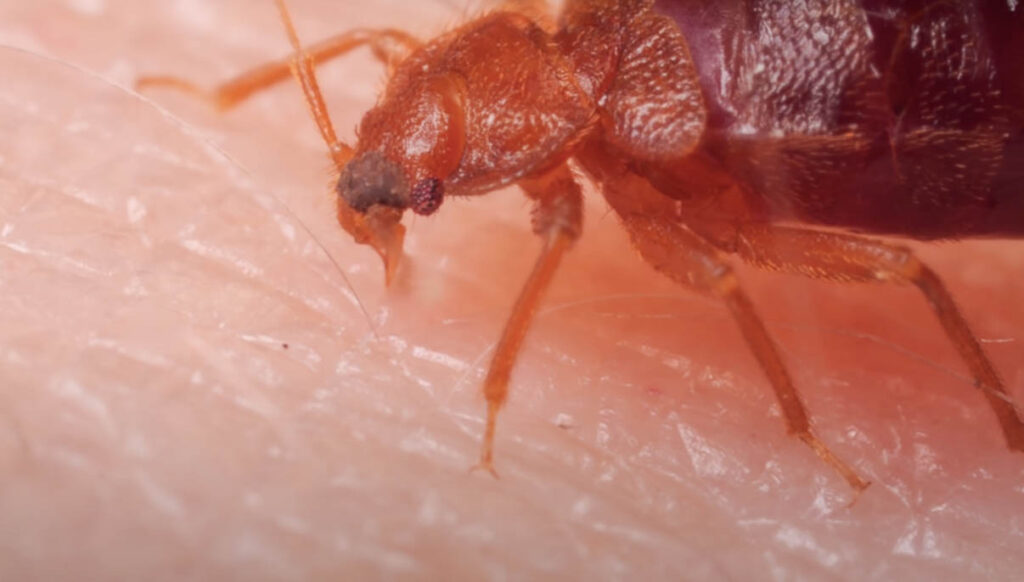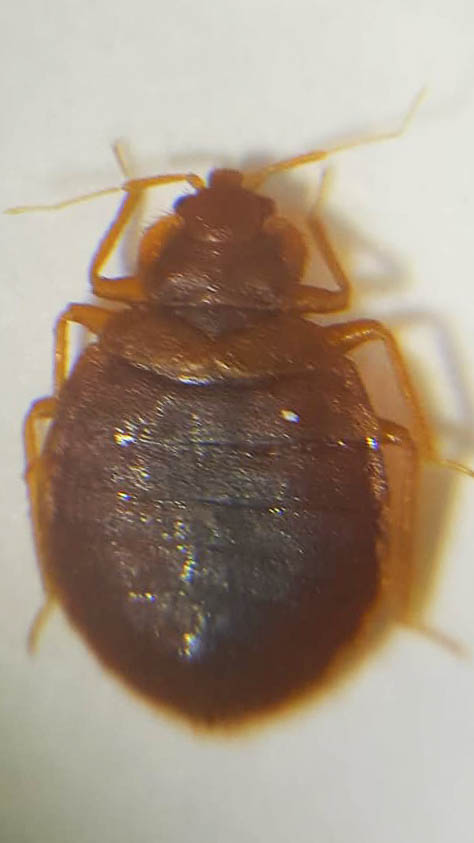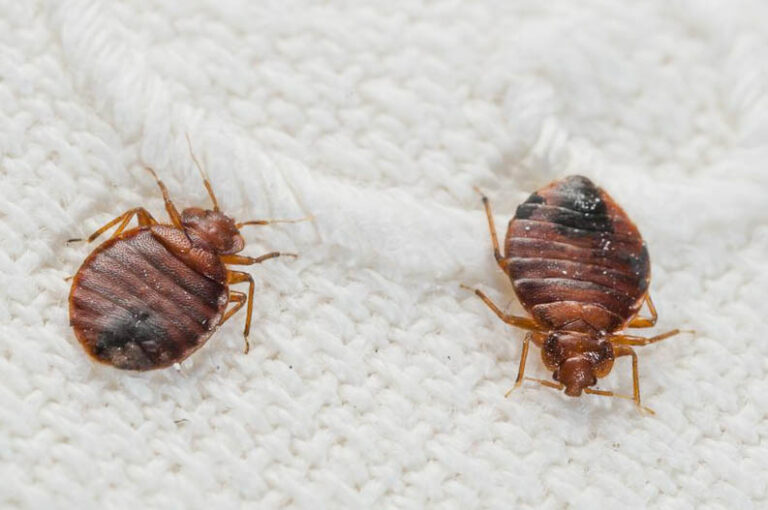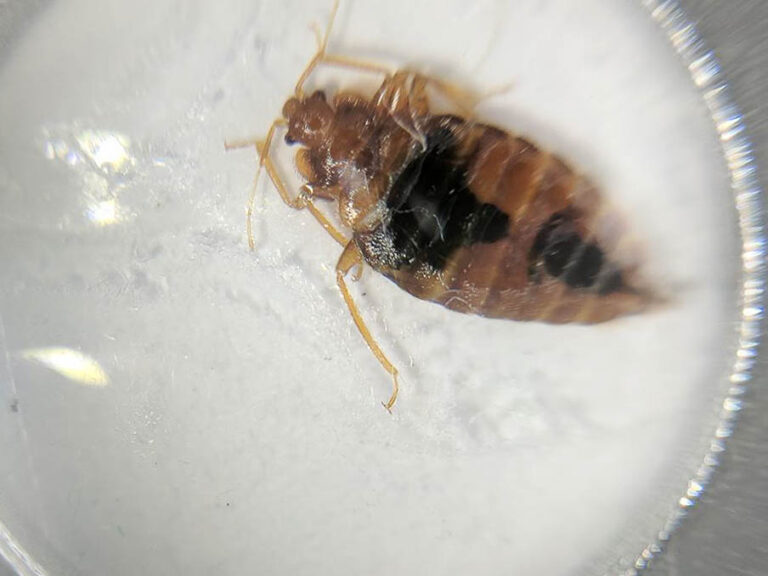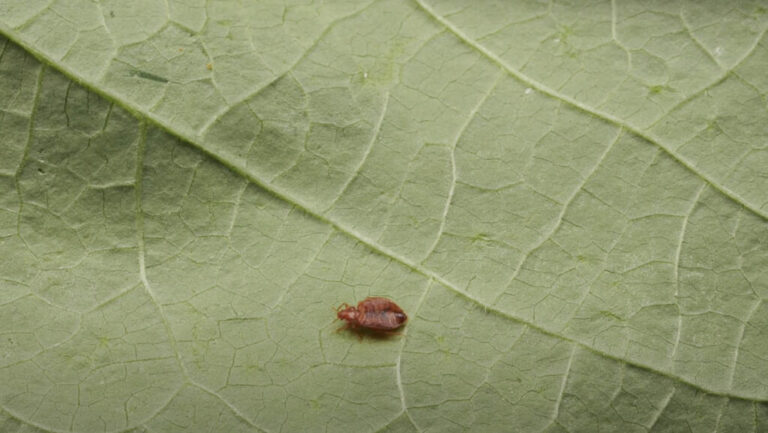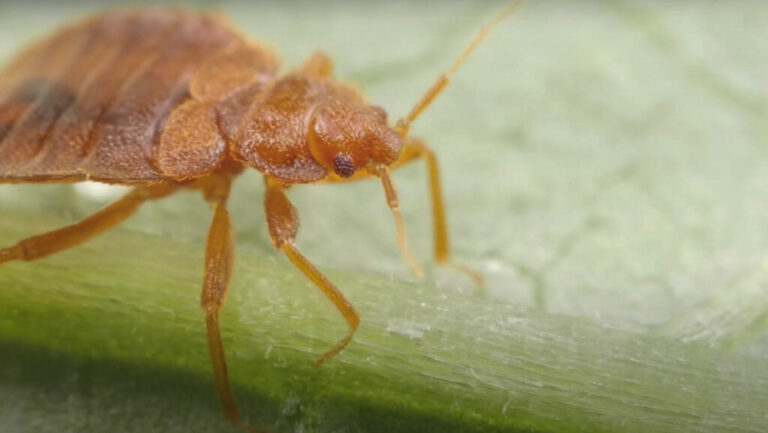Guide On Bed Bug Bites
Guide On Bed Bug Bites
Bed bugs are small, brown, flat, oval-shaped parasitic insects that feed on the blood of warm-blooded animals. There are several bed bug species, two of which are common species known to attack man and animal alike. The two species are Cimex lectularius and Cimex hemipterus.
Bed bugs follow the body heat and CO2 emitted by warm-blooded animals. Bites from bed bugs result in different reactions. Some people do not have any symptoms after a bed bug bite, while others suffer from skin blisters and, in some cases, fevers. The symptoms of a bed bug bite are often non-existent, but if present, are typically placid. People who show no symptoms only have bite marks and red bumps on their skin as a reminder of the bed bug. Bed bugs will attack any exposed skin in their quest for food. They will also crawl into clothing if they cannot locate any exposed skin.
Signs and symptoms of bed bug bites usually take within minutes to appear, but in some cases, they can take anywhere from hours to days to appear. The first sign of a bed bug bite is a reddish colored bite area followed by itching. The reddish colored bite area may be either flat or a bump, which occurs if you scratch it repeatedly.
If you experience repeated bed bug bites, the likelihood of your case worsening increases significantly. You may experience rigorous systemic allergic reactions, develop scars, and skin infections from intense itching. Recurring bed bug bites can lead to a person developing anxiety, insomnia, and paranoia.
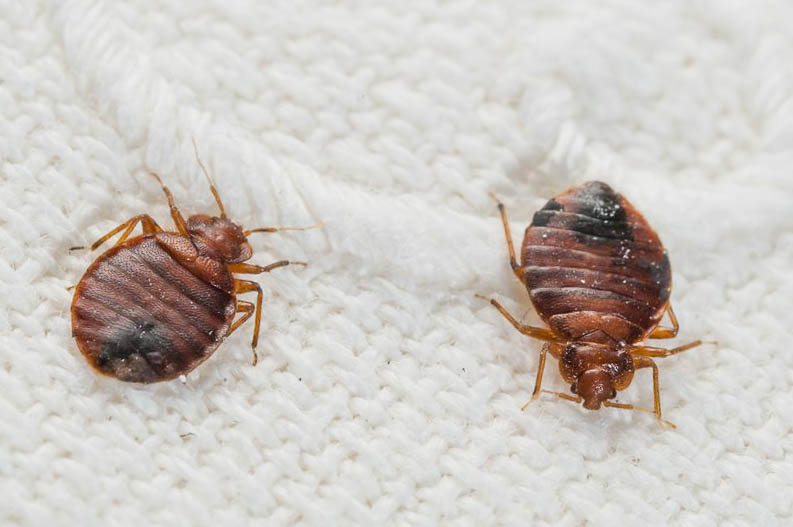
Bed bugs follow the body heat and CO2 emitted by warm-blooded animals. Bites from bed bugs result in different reactions. Some people do not have any symptoms after a bed bug bite, while others suffer from skin blisters and, in some cases, fevers. The symptoms of a bed bug bite are often non-existent, but if present, are typically placid. People who show no symptoms only have bite marks and red bumps on their skin as a reminder of the bed bug. Bed bugs will attack any exposed skin in their quest for food. They will also crawl into clothing if they cannot locate any exposed skin.
Signs and symptoms of bed bug bites usually take within minutes to appear, but in some cases, they can take anywhere from hours to days to appear. The first sign of a bed bug bite is a reddish colored bite area followed by itching. The reddish colored bite area may be either flat or a bump, which occurs if you scratch it repeatedly.
If you experience repeated bed bug bites, the likelihood of your case worsening increases significantly. You may experience rigorous systemic allergic reactions, develop scars, and skin infections from intense itching. Recurring bed bug bites can lead to a person developing anxiety, insomnia, and paranoia.

What to Do When a Bed Bug Bites You
It is important to be able to differentiate between a bed bug bite and another insect. If a bed bug bites you and you do not develop any symptoms, you can manage the case at home by applying over-the-counter drugs and creams. You can buy antihistamine creams like diphenhydramine or corticosteroid creams like hydrocortisone from your local pharmacy. Applying the cream over the bite area will reduce the itching. You can also use a hot washcloth directly on the bite area. It will provide significant relief from the itching until you get a suitable drug or cream.
However, in a situation where you experience recurring bed bug bites and the symptoms are growing worse, seeking medical help is the best thing to do. A medical professional will ask questions pertaining to when the attack began and the duration of the attack. They will carry out physical exams on the skin and other organs to assess the damages, check for signs of infection, and eliminate the possibilities of having an allergic reaction. If you can provide a live bed bug for them to examine, it will help make a faster diagnosis. You can use a bed bug trap to secure a bed bug.
In the case of a bed bug bite, here is a list of symptoms that demand immediate medical attention.
- Wheezing.
- Chest soreness.
- Dizziness.
- Complete body rash.
- Swelling in your lip and/or tongue.
- Shortness of breath.
- Sore throat.
- Swallowing difficulty.
- Scarring around the bite area.
- Fever.
If you notice any of these symptoms or a number of them, consult a medical professional immediately. It is imperative that you do not panic so that the situation does not worsen. Calmly visit a hospital to get the required treatment. In the case of an allergic reaction or skin infection, follow up on your prescribed treatment. This will help reduce the effect as much as possible. Overall, the best thing to do is to try to avoid bed bug bites. Once you see bed bugs or notice signs of an infestation, invite a professional to take care of the situation. It takes several sessions, but at the end of the day, it is worth the hassle.
